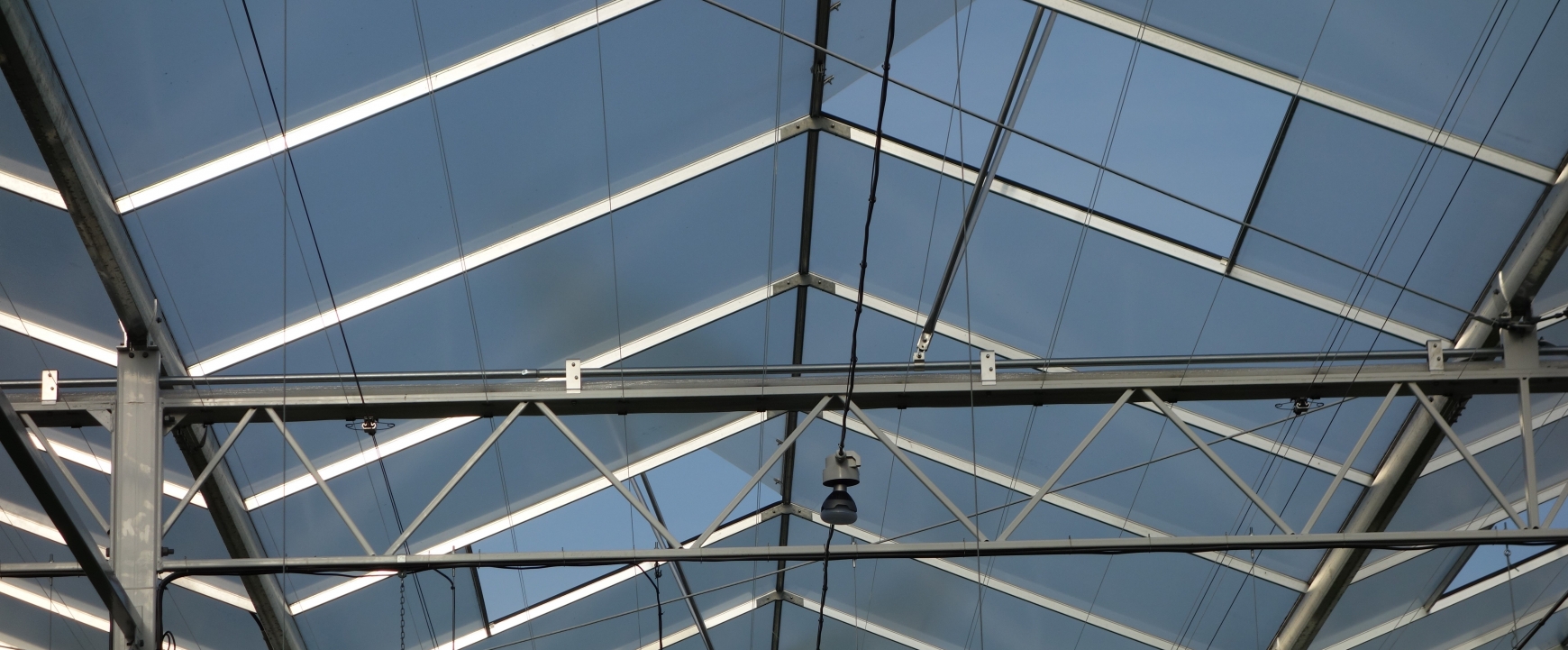Following a successful pilot study group project focused on Next Generation Growing (NGG), GrowSave led a workshop on 14 February 2019, hosted by Mill Nurseries, to share some of the lessons learned. The 25-strong audience comprised growers, crop consultants and industry representatives, all keen to hear the outcomes of the project. We deliver the GrowSave project on behalf of AHDB Horticulture, the project aims to give growers access to the latest energy-saving information and demonstrate how energy saving techniques work in practice.
The term Next Generation Growing is one that many in the industry will be familiar with, although what it involves is often misunderstood. Bearing this in mind, GrowSave set up a study group in November 2017, with the aim of increasing awareness within the industry by helping a small number of growers to get to grips with the main techniques of NGG. Mark van der Werf, a Dutch grower-turned-consultant, provided the expertise and was instrumental to the success of the group.
Speaking at the workshop, Mark explained how NGG was pioneered by Dutch growers over the last decade or so, saying “many of the techniques have now become standard practice in The Netherlands, replacing more conventional methods, often somewhat by stealth. Although growers may not admit to growing by the principles of NGG, the evolution of what is regarded as ‘conventional’ certainly incorporates many of the ideas”. So, what are the primary techniques of Next Generation Growing?
- Achieve an even temperature horizontally in your glasshouse, and ensure the right vertical temperature profile to help keep the plant in balance.
- Keep an active climate by promoting good air movement.
- Improve your humidity control, including accepting more moisture in the air under high radiation conditions.
- Use both vent sides to minimise average vent position and allow venting above closed screens.
- Reduce the radiative cooling effect on the plants by shielding them from clear skies at night.
- Maximise photosynthesis by reducing vents and improving CO2 uptake, misting rather than shading when conditions are too warm.
- Keep the plant in balance in consideration of the ratio of light sum achieved to 24-hour average air temperature.
During the 12 months that the study group was active, all members were able to increase their understanding of the subject, with training provided through a series of online sessions. Each of the growers also used the LetsGrow.com online data sharing platform, to record their climate data, which Mark would regularly analyse and subsequently suggest what could be improved in terms of growing strategy. As the group became more comfortable with the techniques, their strategies evolved to include more and more of what they were learning.
The aim of NGG is to promote a healthy crop and minimise disease risk by giving the plant what it needs when it needs it. The key focus is on maintaining three plant ‘balances’: energy, water and assimilates. By taking a holistic approach and understanding how changing one aspect of the environment can affect any other, NGG incorporates conventional wisdom with physics and plant physiology.
Chris Theron of Mill Nurseries, one of the pilot study group, is a convert to Next Generation Growing. During a panel discussion at the workshop, Chris explained how he had been able to maintain a very healthy crop last season and was rewarded with an increase in yield, which he attributed to the newly learned techniques. Keen to keep progressing, he is looking forward to further developing his understanding of the principles over the coming season and is looking for a number of like-minded growers with whom to form a new group. Should there be a call for it, there is potentially scope for GrowSave also to be involved.
If you would like to know more about Next Generation Growing, take a look at our Technical Update.


